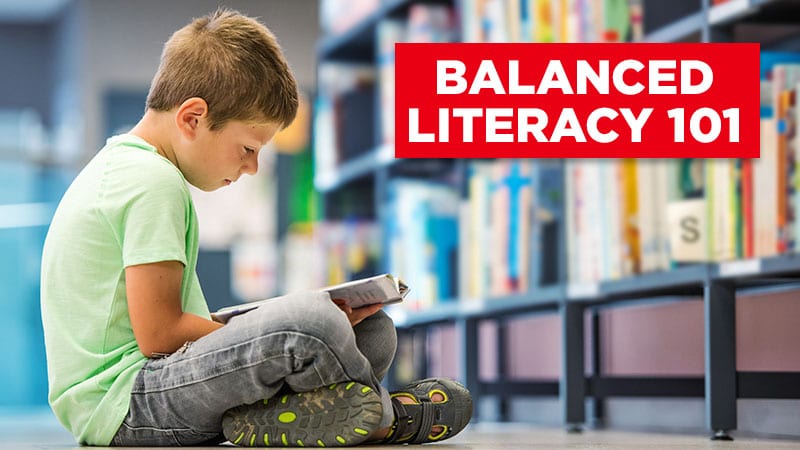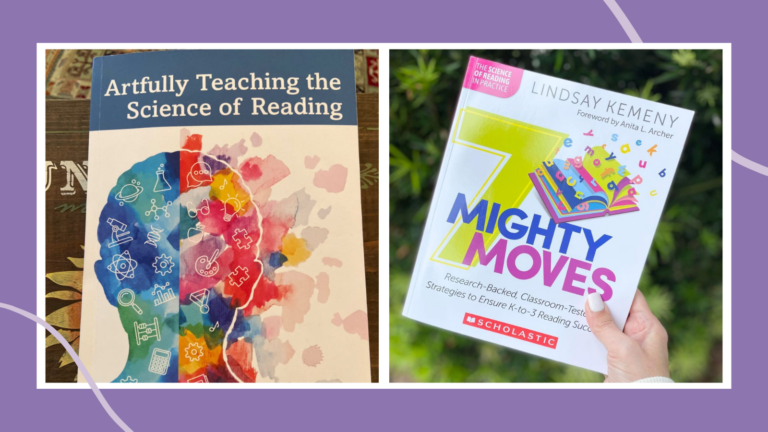What is balanced literacy?
The term balanced literacy first emerged as an answer to the “reading wars.” It was a recognition that developing both literacy skills and a love of literature were important and that they were not, in fact, competing interests. But this K-6 approach to reading and writing goes beyond striking a balance between phonics and whole language. In This is Balanced Literacy, authors Douglas Fisher, Nancy Frey, and Nancy Akhavan explain how teachers can achieve balance in all parts of their literacy instruction.
Narrative and Informational Text
In the past, fictional texts traditionally dominated elementary classrooms. Standards have shifted the focus to more informational texts, and rightly so. Students both enjoy and need to know how to gain information from non-fiction texts. Balanced literacy means exposing your students to a wide variety of genres, including narrative, expository, and opinion texts.
Reading, Writing, and Thinking
Writing gets short shrift in a lot of literacy programs. In a balanced literacy classroom, however, students write every day. And it doesn’t mean that reading instruction takes a hit, either, because writing instruction can promote reading development just as reading instruction can facilitate writing growth. Balanced literacy also emphasizes the thinking piece: thinking about what you’re reading and thinking about what you’re writing.
Direct and Dialogic Instruction
Instruction is not an either/or proposition. Students need both explicit instruction as well as more experiential and collaborative learning. Direct instruction, when done well, works to teach discrete skills, although students still need to practice those on their own. Dialogic instruction helps build speaking and listening skills (also key to literacy), but these activities can be teacher- or student-led. It’s all about expanding your instructional repertoire.
Whole Group and Small Group Work
Grouping is another area in which teachers should seek balance. Whole group instruction addresses needs that students have in common—like when you introduce content or skills that are new to everyone. But small group instruction is also necessary to meet individual needs and set the next steps for learning for students at all levels. Students needing remediation get extra support and students with advanced reading skills can accelerate their learning.
Foundational Skills and Comprehension of Authentic Texts
There’s a misconception around balanced literacy that it doesn’t provide systematic, explicit phonics instruction, but it absolutely does. A balanced literacy program as described by Fisher, Frey, and Akhavan, includes all five of the essential components of reading: phonemic awareness, phonics, fluency, vocabulary, and comprehension.

